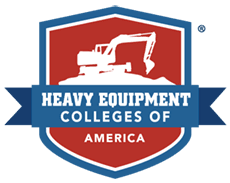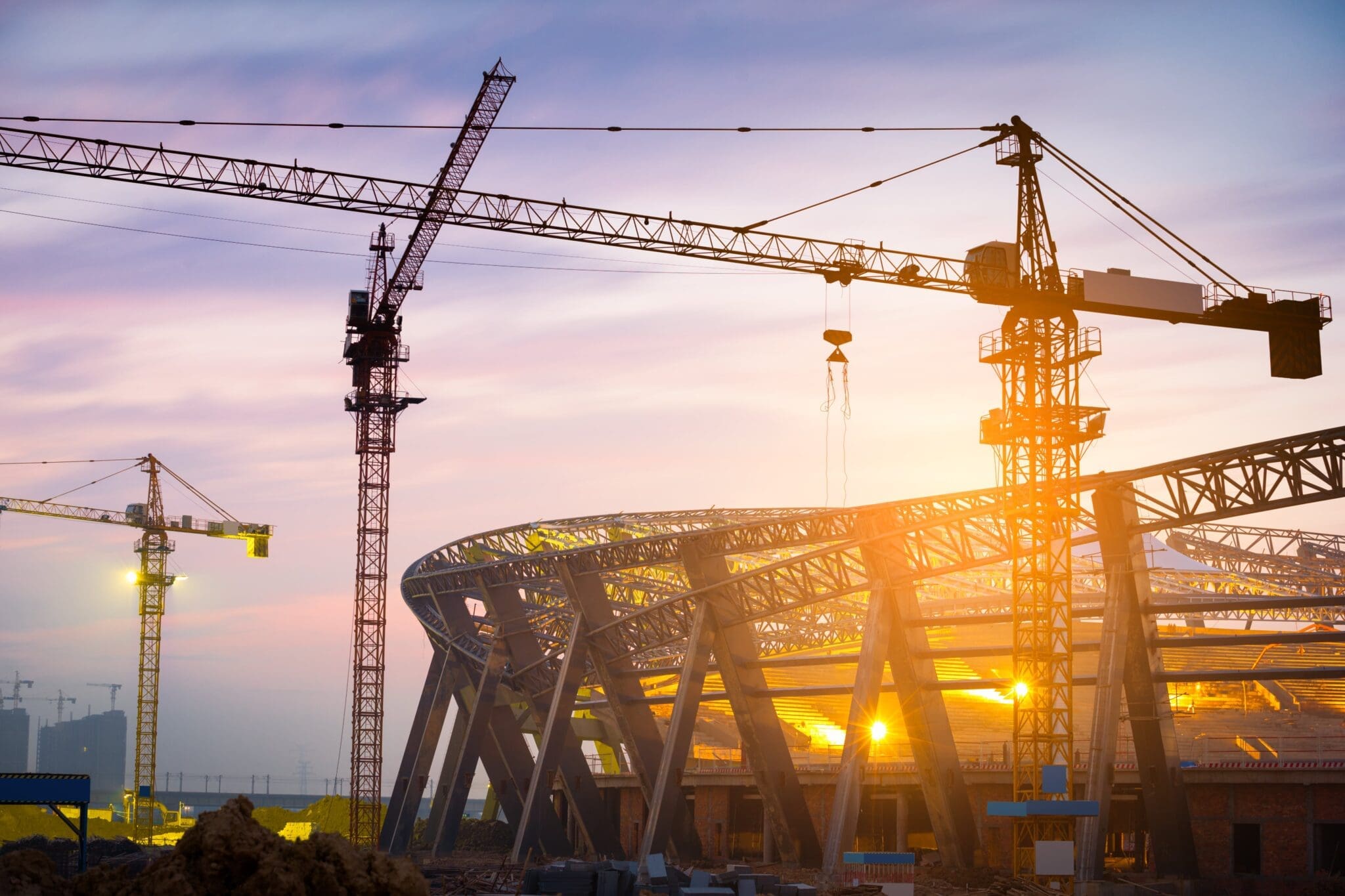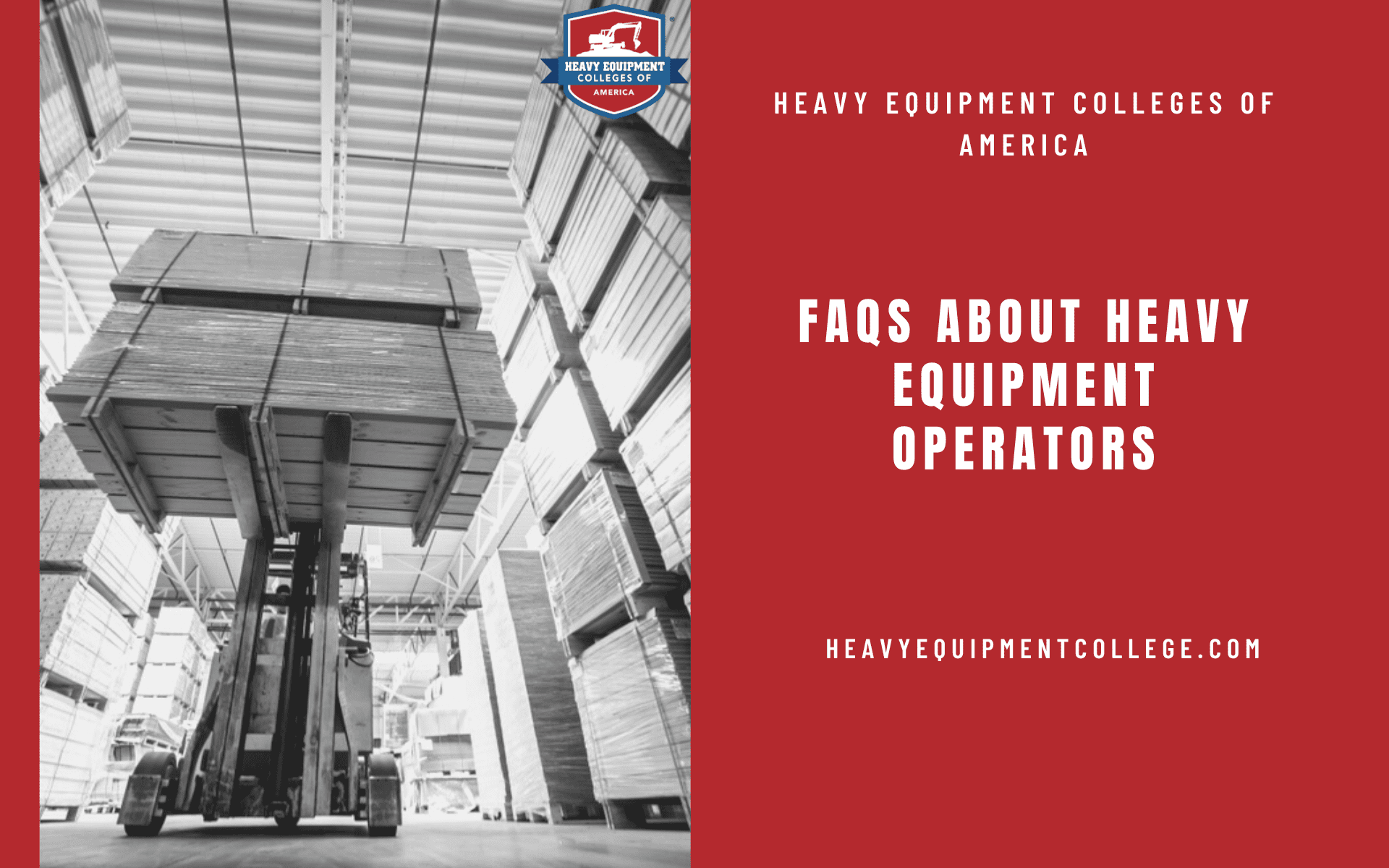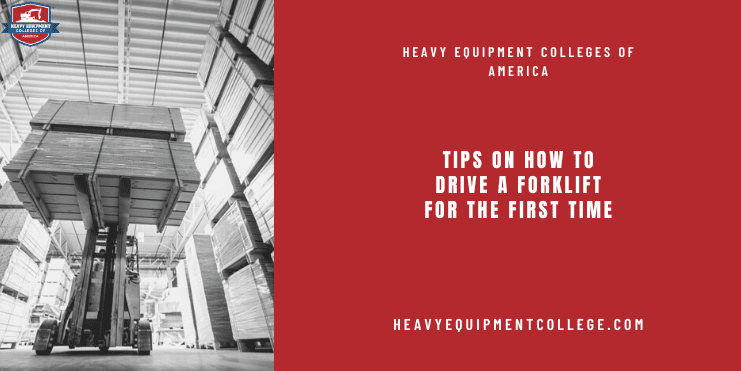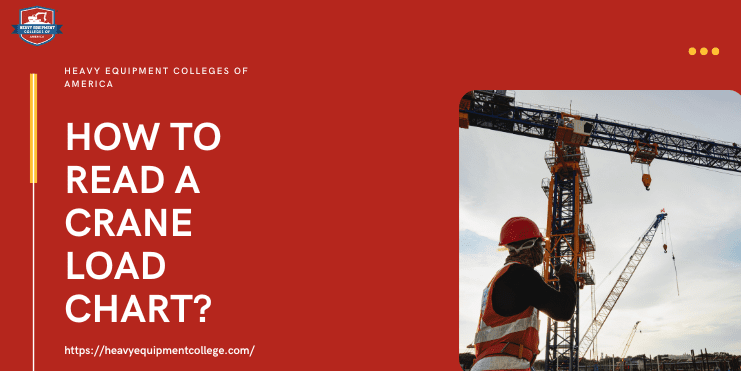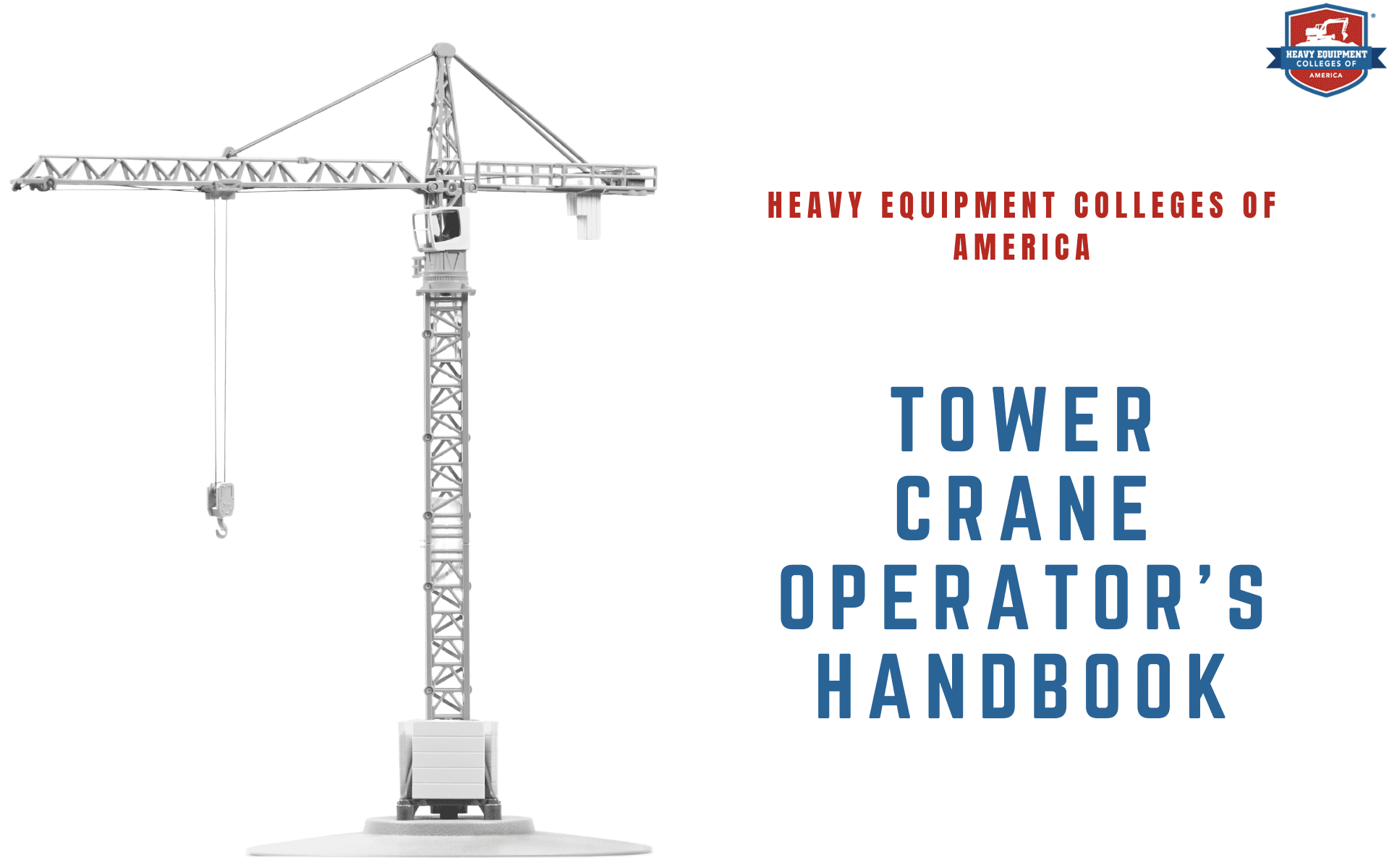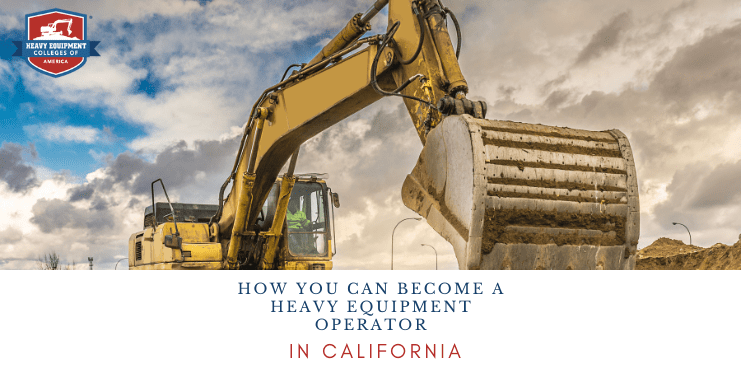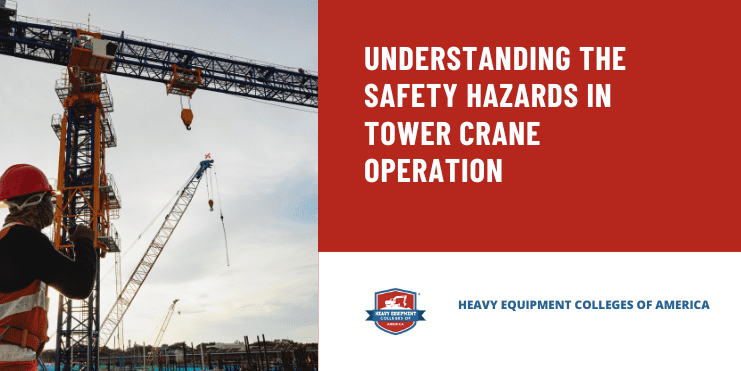
What Sort Of Work Does A Bulldozer Operator Do?
Bulldozers are one of the most common pieces of heavy equipment on any construction site. They aren’t as versatile as some machines, but what they do is provide a powerful force for moving or pushing materials and debris. You’ll probably note that a bulldozer has a resemblance to a tractor. However, instead of using large tires to navigate, bulldozers use
